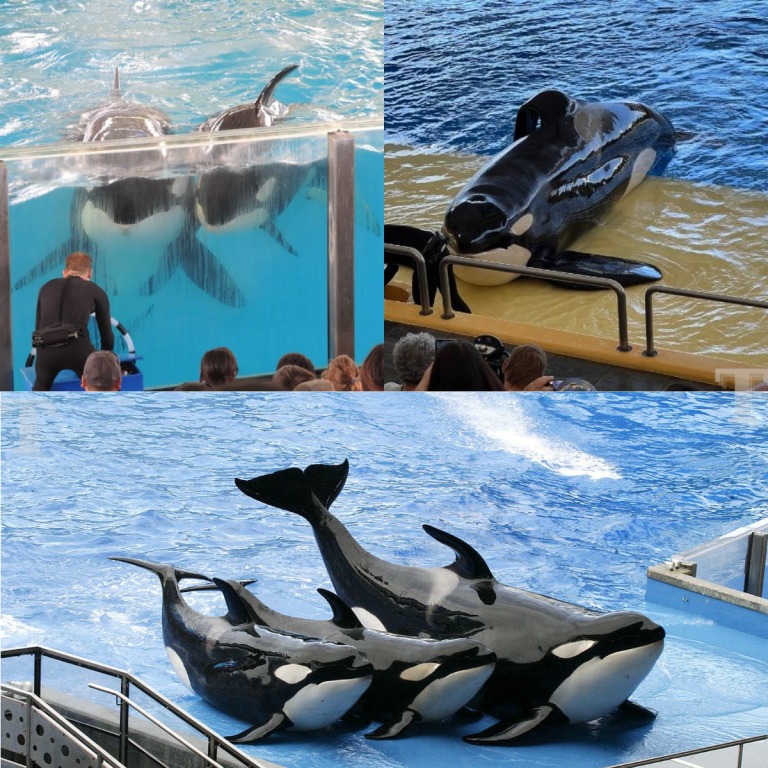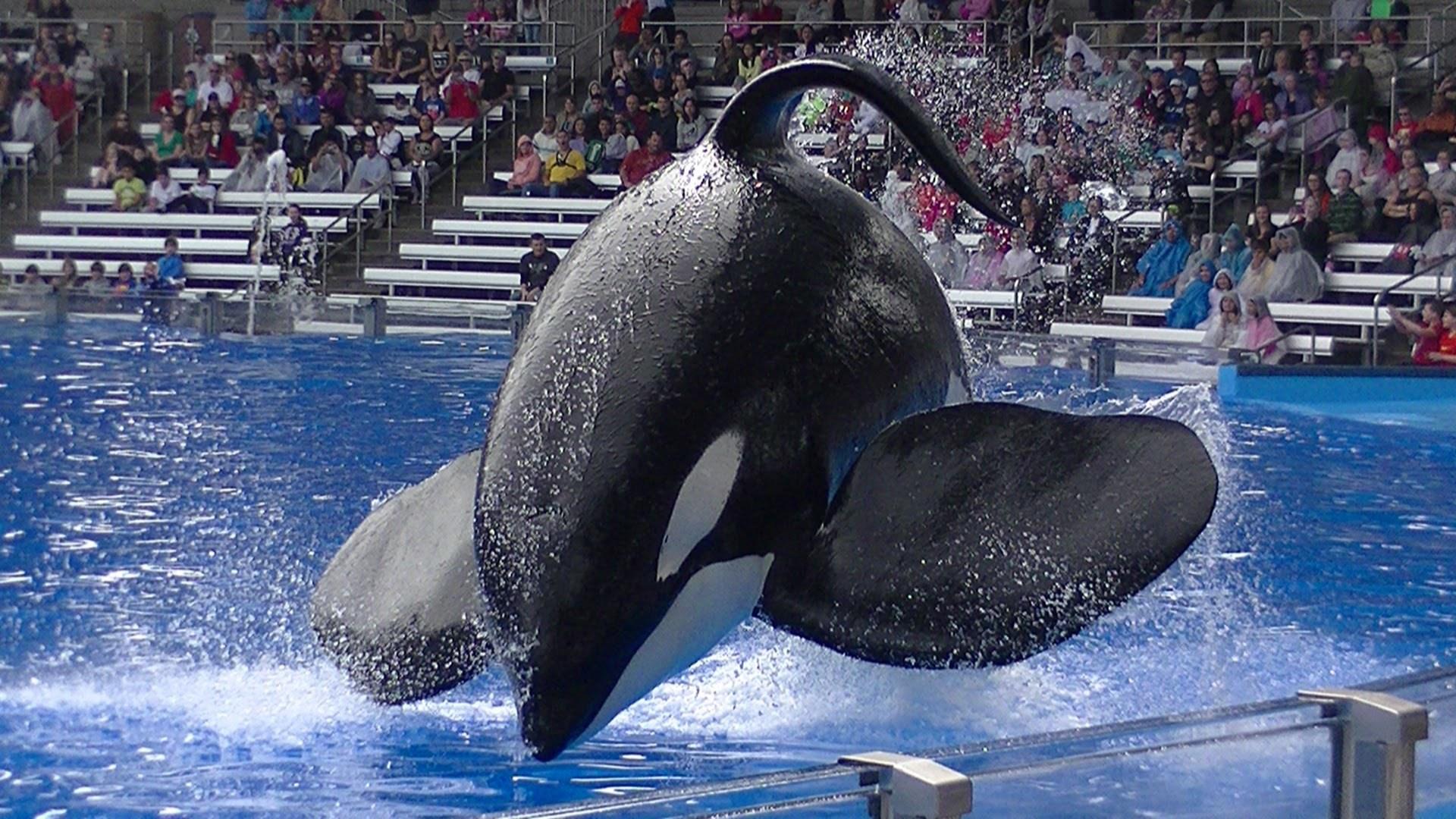
The world of marine entertainment has been shaken once again as news emerges of yet another orca death at SeaWorld, coming just months after the passing of Radcliffe, one of the park’s most recognizable whales. This latest loss has reignited fierce debates about the ethics of keeping such highly intelligent and social animals in captivity, especially in environments that many animal rights activists describe as both physically and psychologically damaging.

According to reports from park officials, the orca, whose name has not yet been publicly released, died unexpectedly during the early morning hours. SeaWorld issued a brief statement expressing their sadness and emphasizing that the whale had been under veterinary care for several weeks due to a persistent illness. “We are heartbroken to announce the loss of one of our beloved family members,” the statement read. “Our dedicated team of trainers, veterinarians, and animal care experts did everything possible to provide comfort and care.”
While the park’s official account paints the death as the result of natural causes, critics are far from convinced. Advocacy groups like PETA and the Whale and Dolphin Conservation Society argue that life in a concrete tank is inherently harmful to orcas, leading to stress, disease, and shortened lifespans. In the wild, orcas can live up to 50–90 years depending on their sex, but in captivity, many fail to reach even half of that.
The death of Radcliffe earlier this year had already placed SeaWorld under intense public scrutiny. That incident revived painful memories of the 2010 tragedy involving trainer Dawn Brancheau, who was killed during an interaction with the orca Tilikum — a case that sparked the 2013 documentary Blackfish, which exposed the dark realities of marine mammal captivity. Since then, SeaWorld has faced declining attendance, increasing legal pressure, and a mounting wave of public disapproval.

Animal welfare experts note that orcas are apex predators with complex family structures, rich communication systems, and the ability to travel up to 100 miles a day in the wild. Confinement to tanks — no matter how large — deprives them of the space, stimulation, and natural environment they need to thrive. The result, they argue, is a range of health problems, from collapsed dorsal fins to chronic illness, as well as abnormal behaviors like aggression or lethargy.
Former trainers have also stepped forward following this latest death, many describing an environment of high stress for both the animals and the humans who work with them. John Hargrove, a former senior trainer who later became a whistleblower, told reporters, “You can’t expect an orca to live a healthy, fulfilled life in a tank. They’re too intelligent, too emotional. The system is broken.”
Social media has erupted in the wake of the news, with hashtags like #EmptyTheTanks and #JusticeForOrcas trending worldwide. Celebrities including Ricky Gervais and Pamela Anderson have voiced their outrage, calling for SeaWorld to immediately retire all remaining orcas to seaside sanctuaries where they can live out their days in a more natural and humane environment.
SeaWorld, for its part, has defended its practices, pointing to its role in marine mammal rescue and rehabilitation, as well as its decision in 2016 to end its orca breeding program. However, critics say these measures are too little, too late, and do not address the suffering of the whales still in captivity.
Marine biologists warn that if the public truly wants change, pressure must go beyond outrage. “We need legislation,” says Dr. Naomi Rosen, a researcher specializing in cetacean behavior. “If governments make it illegal to keep large marine mammals in captivity, we’ll see a genuine shift. Until then, tragedies like this will continue to happen behind closed doors.”
This latest death leaves a haunting question in its wake: how many more orcas will die before the industry finally changes course? For many activists, the answer is simple — not one more. As they hold vigils outside the park, holding signs with slogans like “Freedom for Orcas” and “Born to Swim, Not to Perform,” the message is clear: the age of orca entertainment must come to an end.
For now, behind the walls of SeaWorld, the tanks are quieter. One more life has been lost, one more chapter in a story that has stretched on for decades. Whether this will be the moment that sparks lasting change, or simply another headline in a long list of tragedies, remains to be seen. But for the whale who died, and for Radcliffe before them, it is already too late.